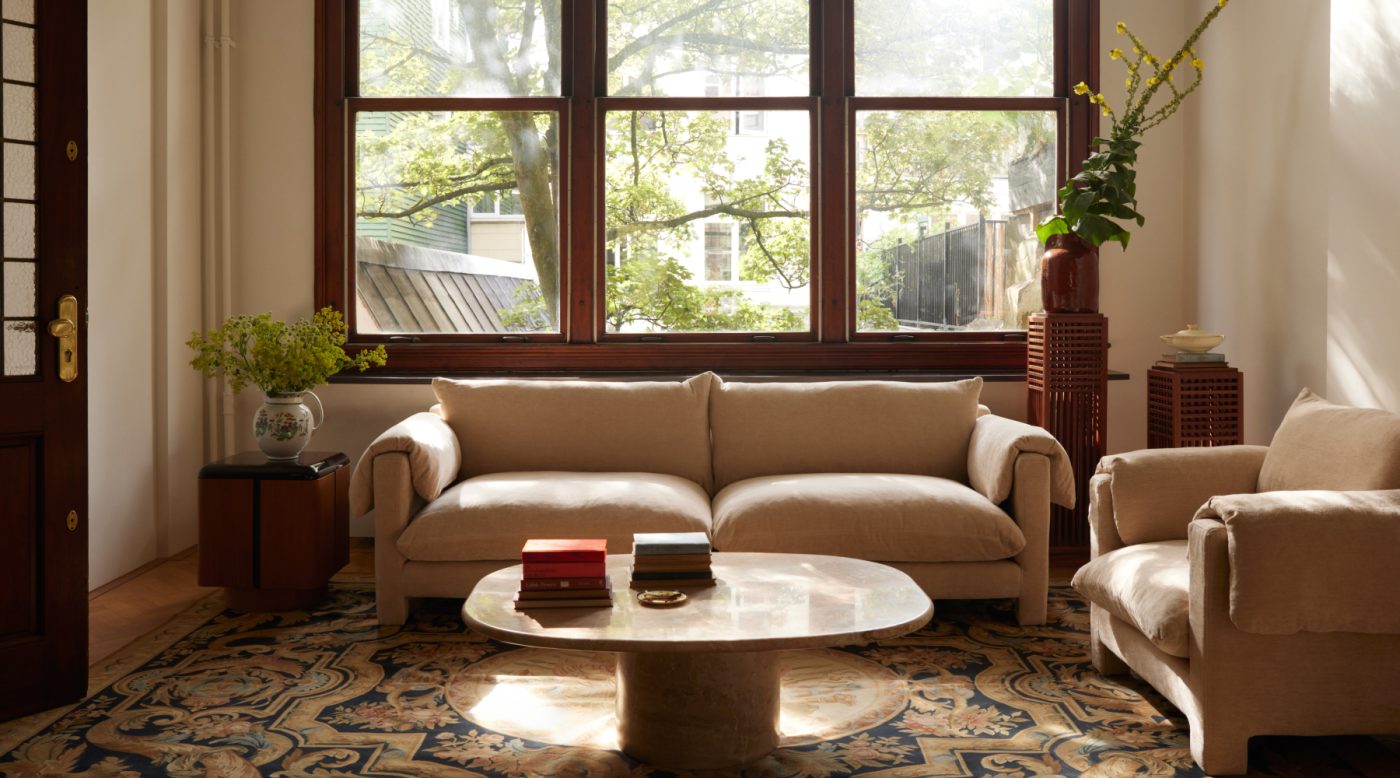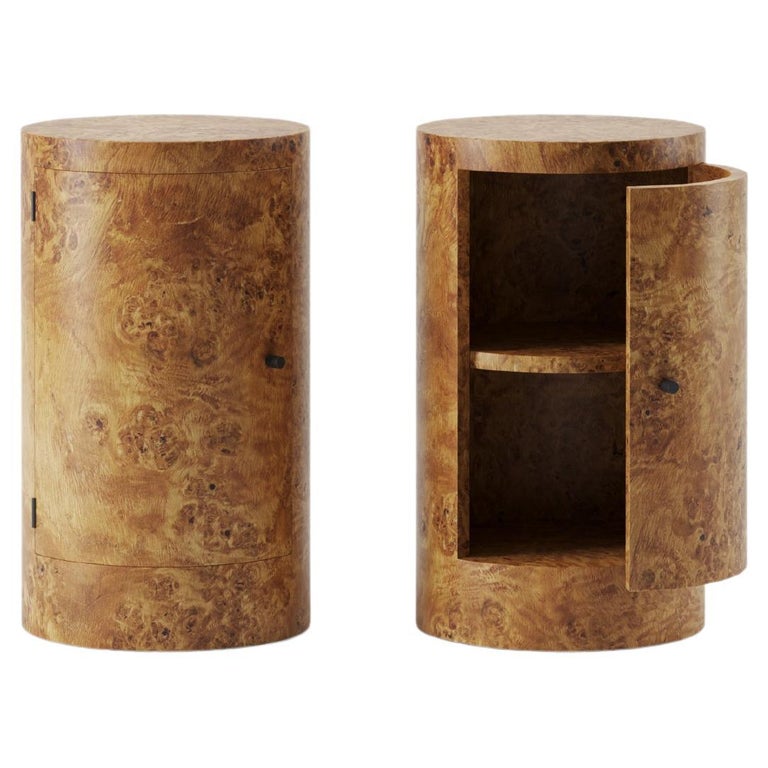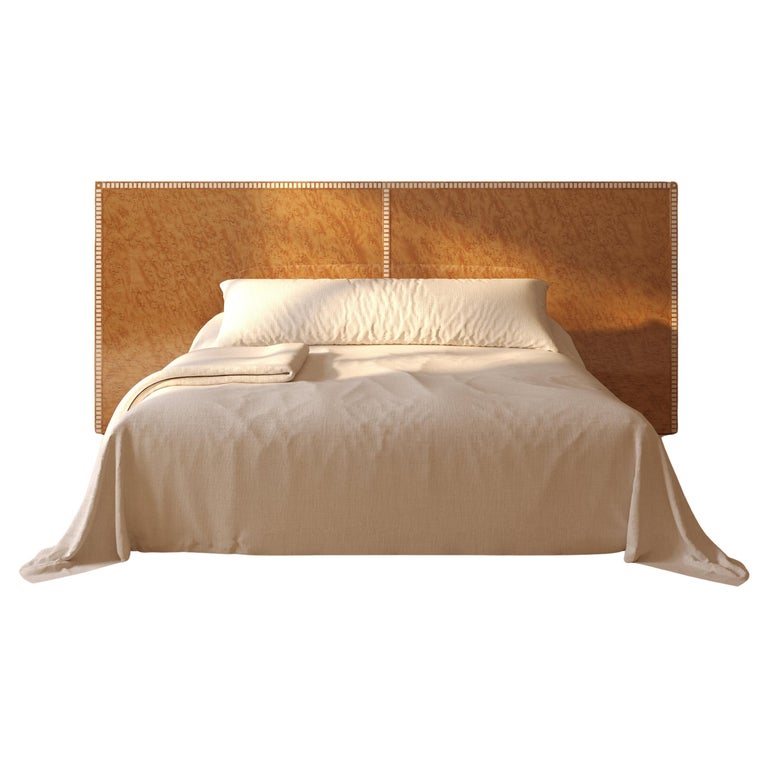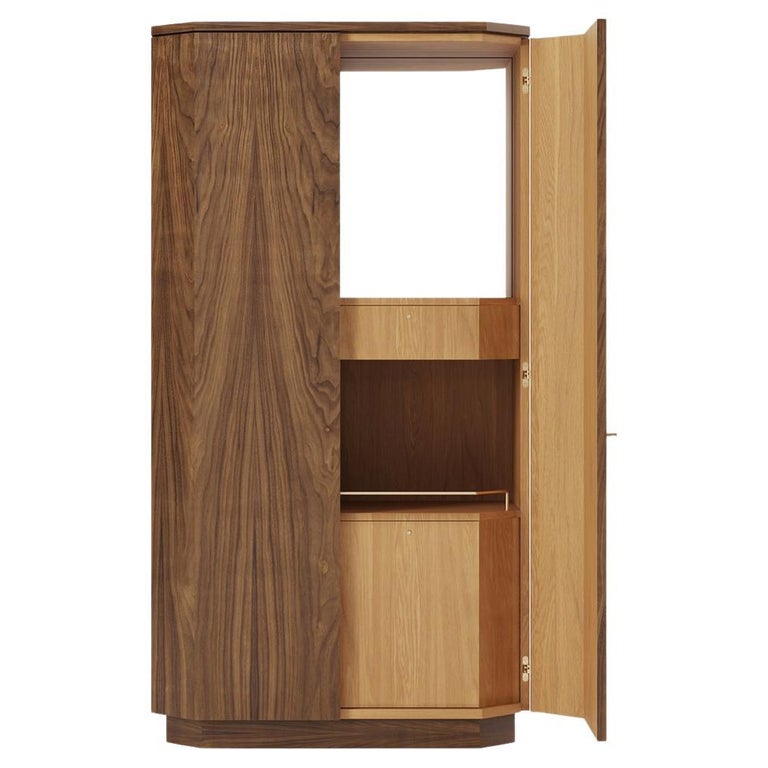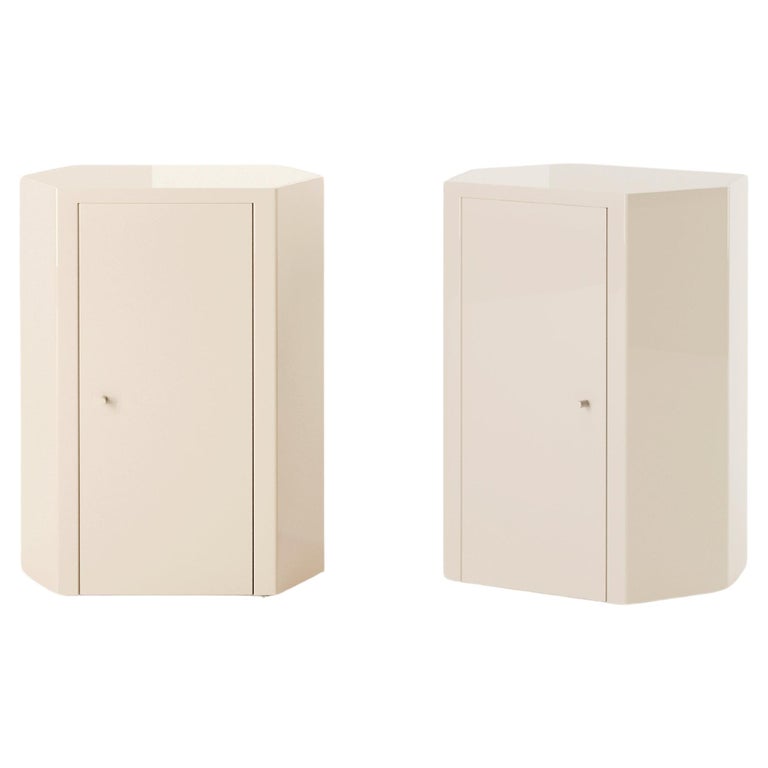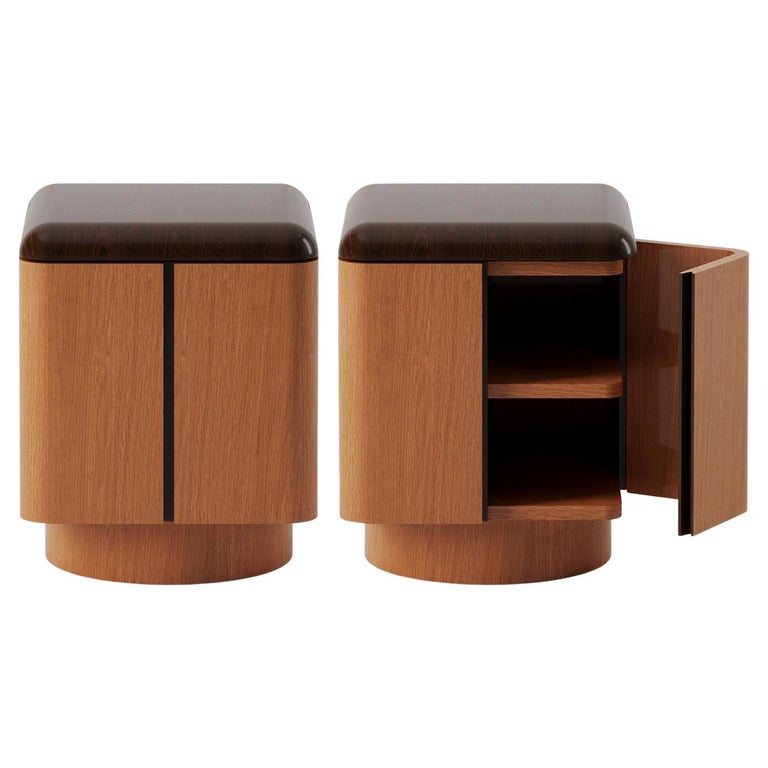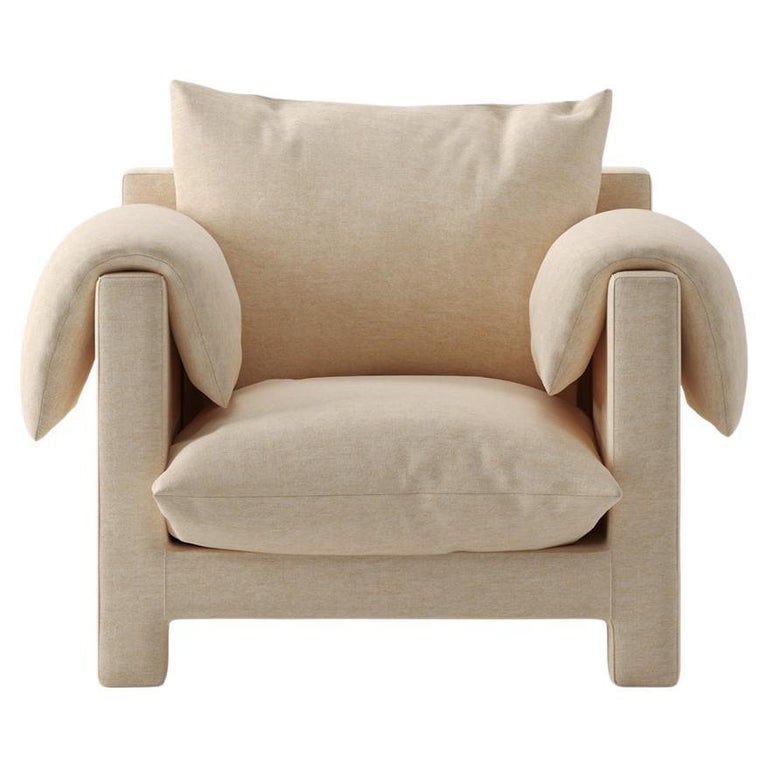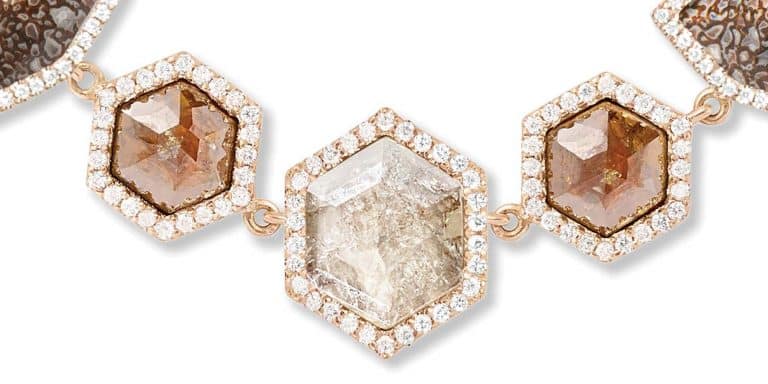April 6, 2025When Johannesburg-born Kevin Frankental started creating furniture, 11 years ago, South Africa was not exactly known for high-end contemporary design. “Interior designers with budgets for luxury furniture here were importing from Europe,” he says. “They hadn’t found a European standard of quality being made in South Africa.”
Thanks in part to Frankental’s efforts, that has changed.
Lemon — the Cape Town–based firm of which he is co-owner and creative director — produces refined handmade seating, bedroom furniture and case goods that have attracted an international roster of designers, including Jeremiah Brent, Studio Shamshiri, Joseph Dirand, Banda Studio and Studio Ashby. This spring, the company, which has an Amsterdam branch as well as a 1stDibs storefront, will launch its first lighting collection and is moving to a new Cape Town location, closer to the City Centre.
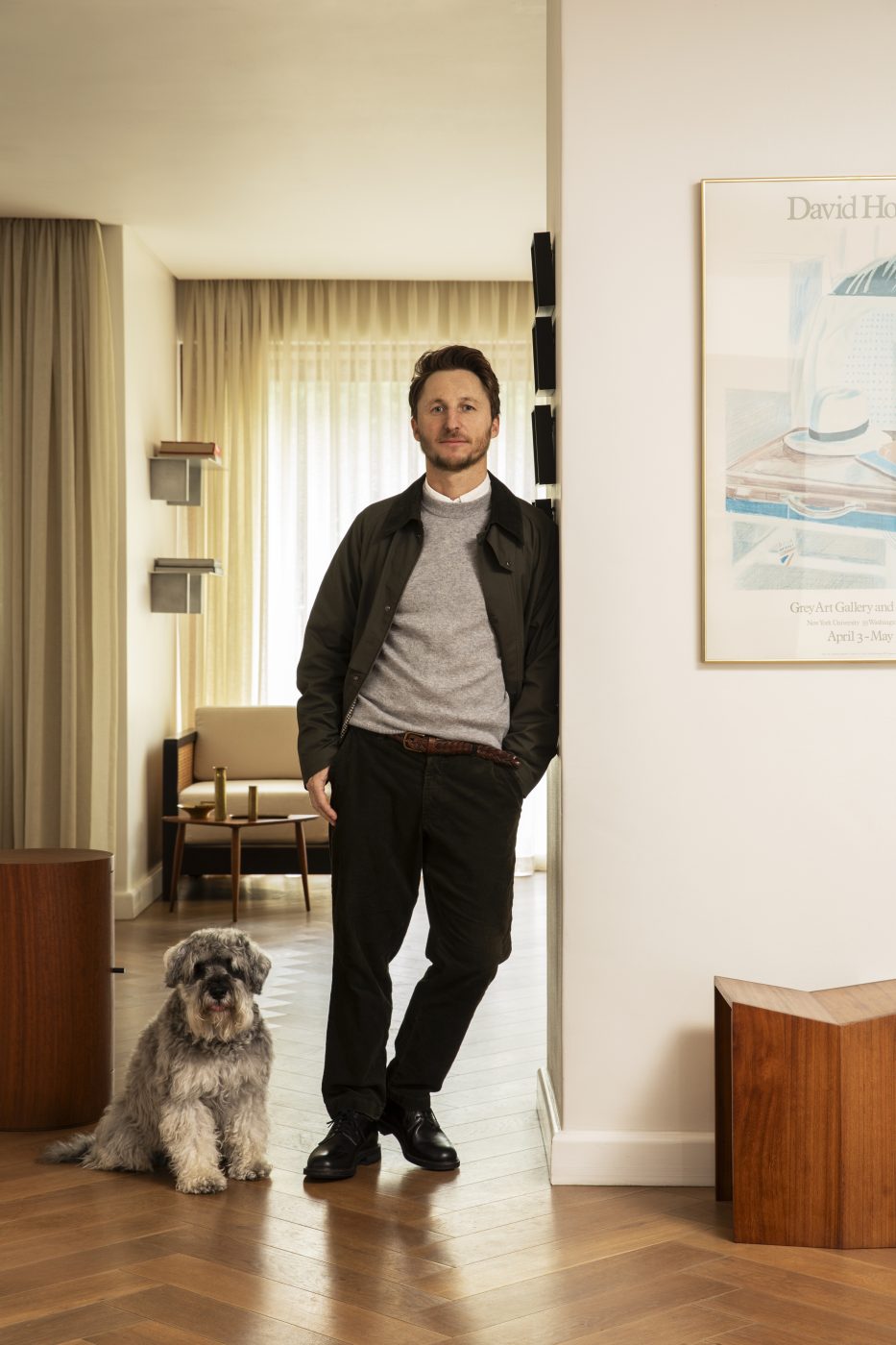
His role in turning South Africa into a design destination was far from foreordained for Frankental, who was obsessed with martial arts when he was growing up and didn’t start thinking about visual arts until he attended university.
After earning a degree in digital media and graphic design, he went to work for a media company, leaving in 2007 to form a partnership called Lemon Decor with his brother, Ricky, to produce customized murals and artworks for interior designers.
A few years later, Frankental befriended a fabricator who created metal and wood tables and cabinets and realized he’d found his true calling. He taught himself how to make furniture and then pursued commissions from Lemon Decor’s decorator clients, eventually opening a showroom.
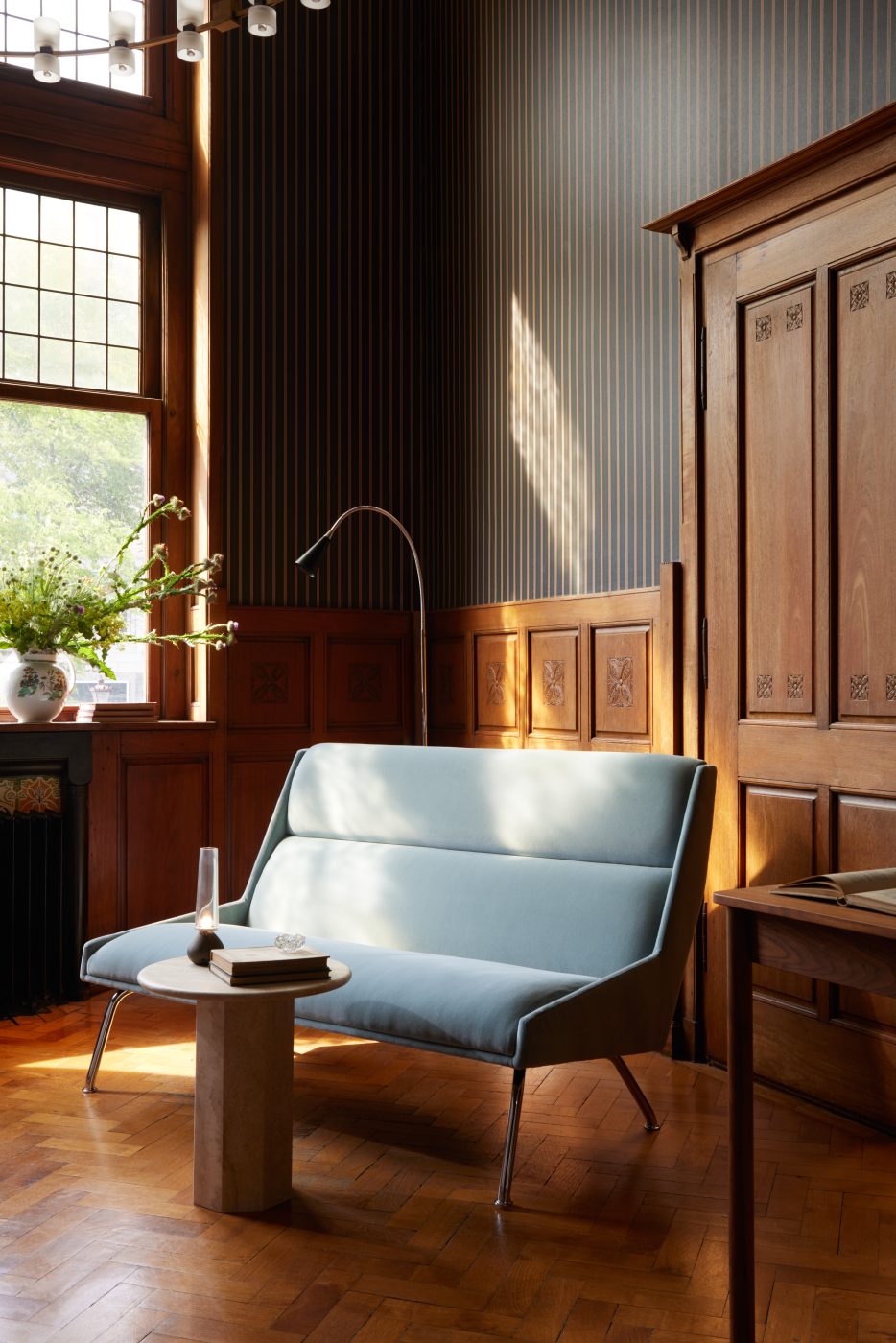

“They loved the designs, and they loved the quality, and it sort of grew from there,” he says. “We really make a conscious effort to create pieces that can outlast trends and be future heirlooms. There’s none of that ‘fast fashion’ thinking. The pieces are designed in a way that’s not overly specific to a certain era or a certain interior.”
Things really took off for the company in 2018, when Frankental introduced Vondel, a square pink-travertine side table with fluted sides. “I took some photos of it,” he recalls, “and I wouldn’t say it went viral, but it got a lot of interest from designers all over the world.”
The 2020 launch of a second showroom, in a restored heritage building in Amsterdam bordering the Herengracht canal, expanded the company’s international profile. This was aided by the introduction of what Frankental calls the company’s first “hit single”: the Constant nightstand, created by Yaniv Chen, one of several designers contributing to Lemon’s collection alongside Frankental. Widely viewed on social media, the cylindrical wood cabinet beguiled designers globally with its integrated hinged door and sleek styling.

“The Constant really gave us a bit of a springboard into the American market,” says Frankental, who works with manufacturers in South Africa and abroad to produce the 20-odd pieces in Lemon’s collection.
Giving a high-end furniture line a name synonymous with failure might seem counterintuitive, but that is what attracted Frankental to the label in the first place. “I find it super-interesting how you can take a word and, by the way you market and brand it, give it a whole new identity,” he says.
Frankental recently talked with Introspective about his ideal client, the designers and movies that inspire him and the difference between the European and American furniture markets.
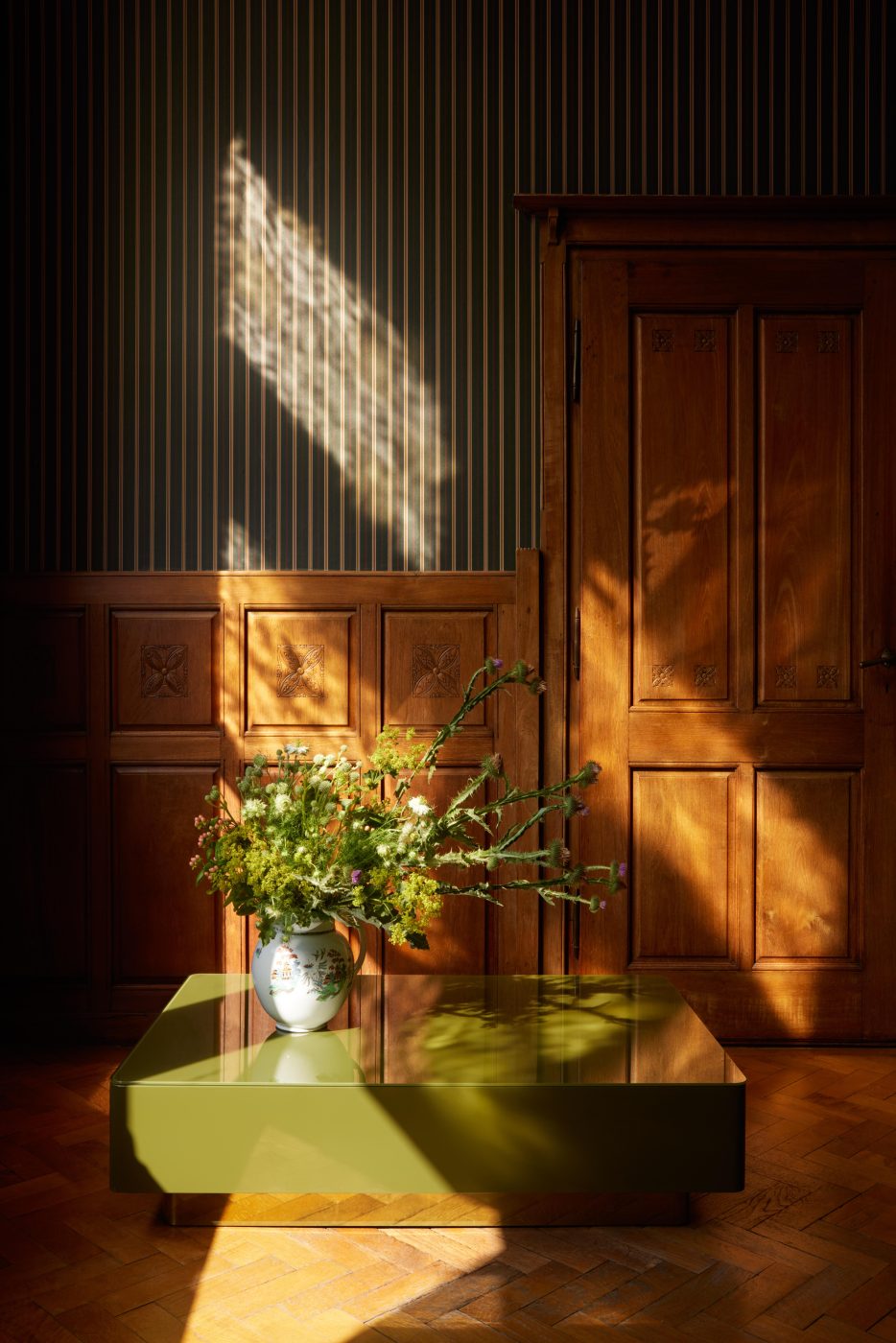
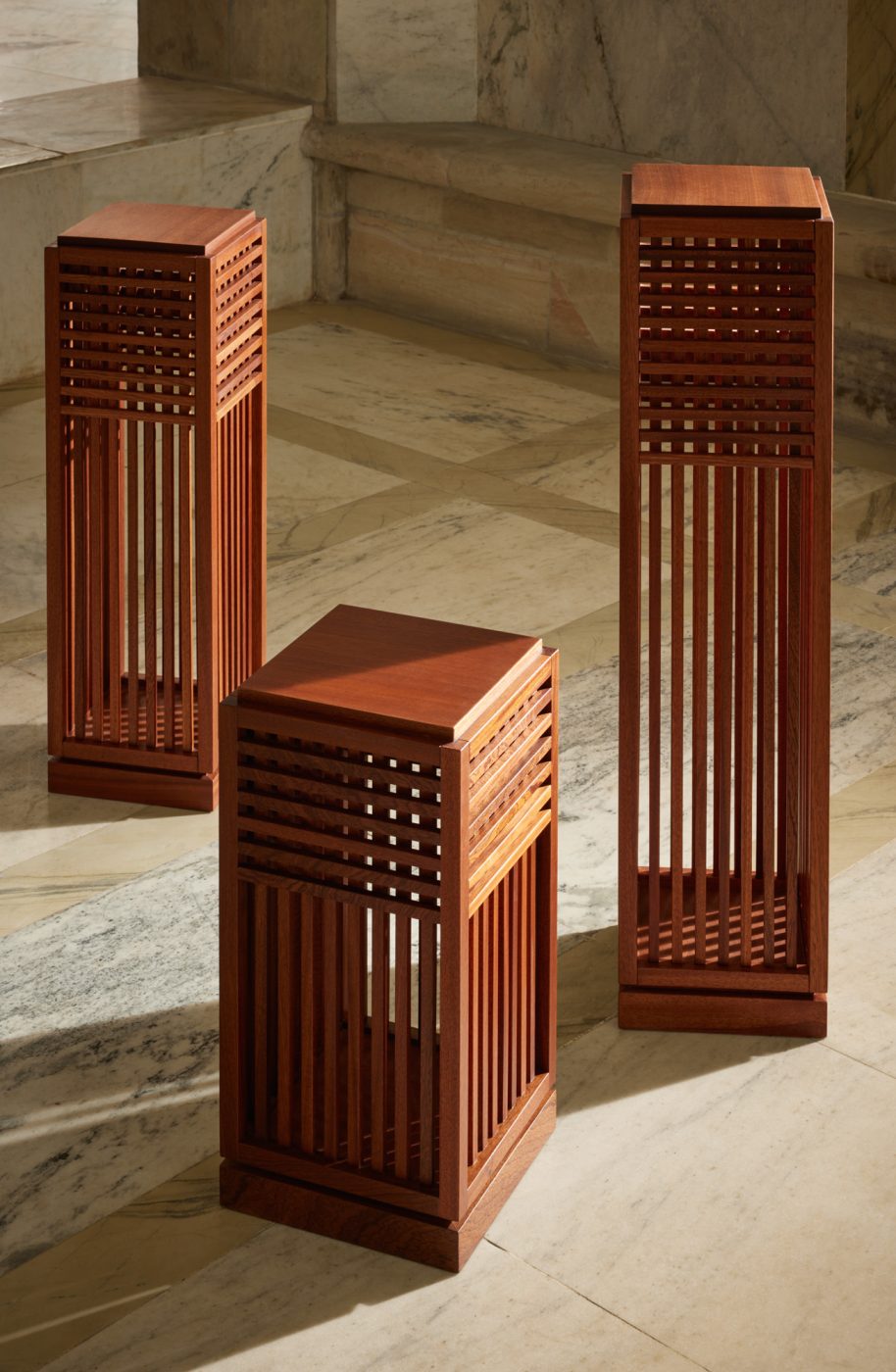
Is it true that your and your collaborators’ designs for Lemon all start out as pieces created for yourselves?
I took the view a couple of years ago that I really didn’t want to be designing for other people — I wanted to design things that I think the world needs and that I can’t find myself. If it’s something that I want, maybe there are other people who also want it. The second we break from that ethos and try to design for a gap in the market or to pursue a trend, it’s never successful.
Your furniture is strongly rooted in Art Deco, Art Moderne and mid-century modern design. What is it about those styles that speaks to you?
I love the simple, clean lines and bold use of materials in the mid-century period. The Art Deco era is a lot more decorative, and there’s a lot more going on. It’s easy to get trapped into being known for just one style, but I’m not that person: I like lots of different design styles, and I like to blend them and use them in different ways. There is a common thread with the pieces that we design, which is nostalgia.
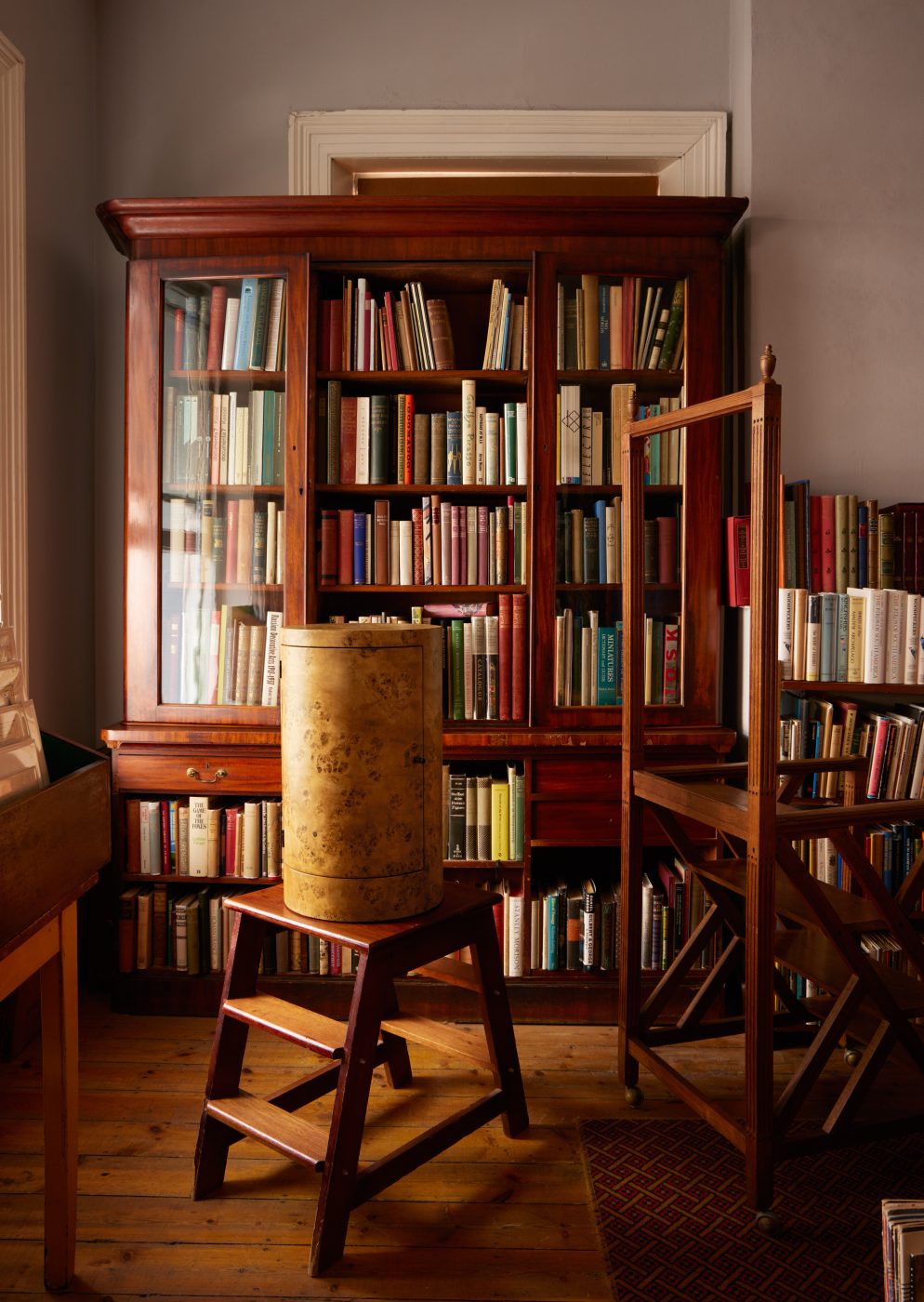
How do you design something that recalls the past while keeping it fresh and contemporary?
I think about that question a lot. For me, it has a lot to do with the proportions and the lines and the materiality. For example, our Constant nightstand is available in poplar burl, a material that was widely used in the past. But if you look at the nightstand, the shape and proportions and scale are really modern. So the traditional material mixed with the modern lines is what brings it into that contemporary realm.
Who are the designers that inspire you?
Oh, there are lots. I love Charlotte Perriand. I love Frank Lloyd Wright. Also Carlo Mollino and Jean-Michel Frank. Jean Royère is one of my favorites. There’s a crazy armchair designed by Royère that has a canopy on the top. I would love to own it. I love the audacity of it!


Where else do you find inspiration?
I love old books. I was in New York recently. I went to the Strand and was in my element. I like the film American Psycho — I love the art direction. I love David Lynch’s work. Inspiration comes from everywhere, and the errors come from everywhere too.
I’m not really a big believer in having this spark of inspiration one day, and then you just design something. For me, it’s more of a daily practice — and accepting that most days will be bad. I feel like you’ve got to put the work in.
How do you know when a piece of furniture is successful?
Not to sound cliché, but it’s really about the details. It’s about the tiny, adjustable, oxidized-brass feet underneath that no one sees that make all the difference to me. The details in terms of how you make something, the materials you use, the proportions — those are the things that are going to make it practical, functional, beautiful and enduring.
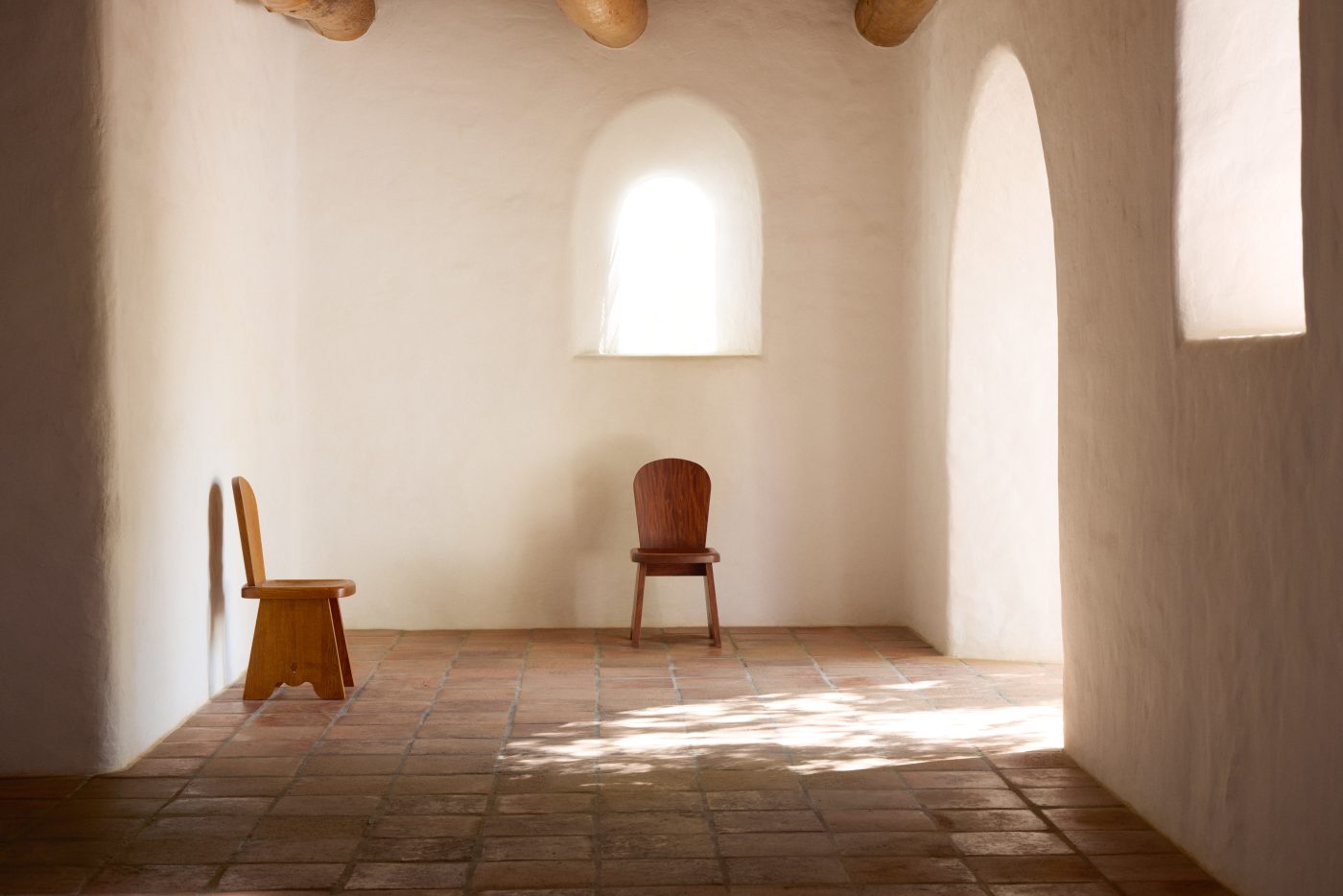
You do a lot of business in America. How is the American furniture market different from the market elsewhere?
I love the American market. The designers are willing to mix pieces and styles and try new suppliers. In most parts of Europe, the brands are often known from your parents and grandparents, and that’s what you buy. Also, the scale of the pieces in America are very large, because the spaces are very big. The budgets can be quite big in America, too!
